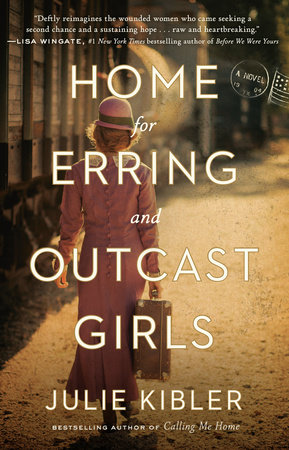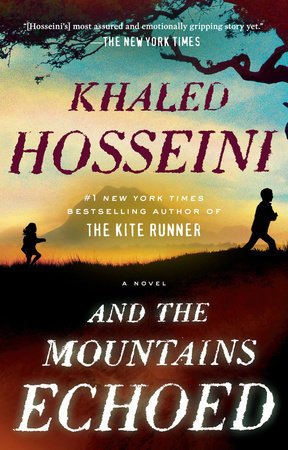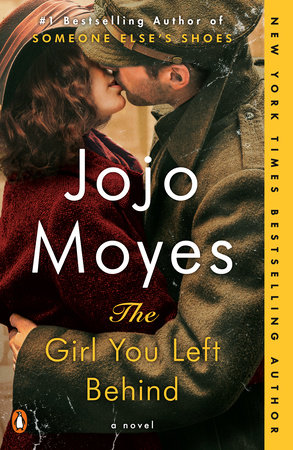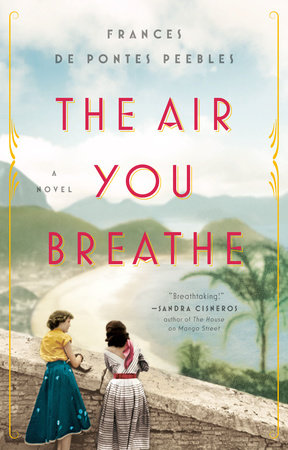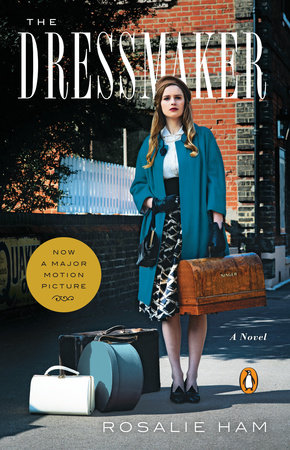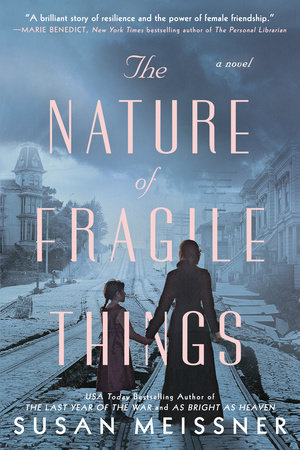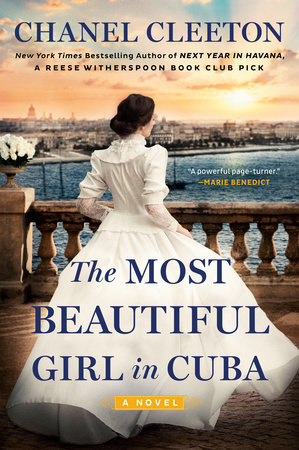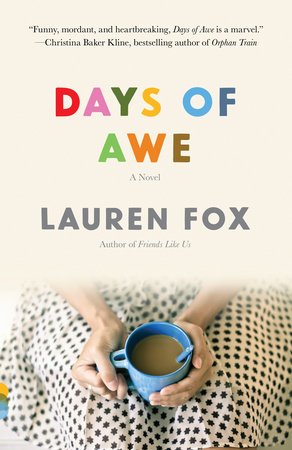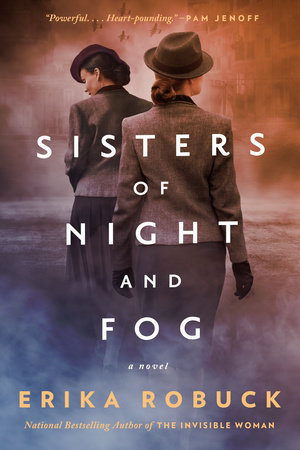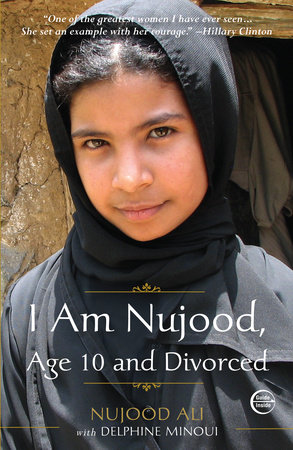A Conversation with Julie Kibler
Author of HOME FOR ERRING AND OUTCAST GIRLS
How did you first learn about the Berachah Industrial Home for the Redemption of Erring Girls?
I was writing another manuscript when a friend posted a link on Facebook to an article about the “most haunted places in Arlington, Texas.” I was intrigued after having lived in Arlington for several decades. I skeptically, and fortunately, read all the way to the bottom of the list. The last item was the cemetery for the Berachah Industrial Home, located on the University of Texas at Arlington campus. I had never heard of the home or the cemetery, but once I read further, I was hooked.
Can you tell us about how you conducted your research, both into the home, as well as what life was like for women in Texas and Oklahoma City at the turn of the century?
First, I did a “quick and dirty” Internet search about the home. With a basic grasp on the subject, I visited the University of Texas at Arlington’s Special Collections Department, followed by a visit to the cemetery itself. I was amazed at the depth of the physically small collection—especially what I saw and read in the home’s monthly publications—and haunted, emotionally, by what I found in the cemetery: the enigmatic inscription on one particular stone. I needed to find out what it meant. I made multiple visits to dig deeper into the collection, and also studied newspaper archives, maps, census records, and many more sources as I chased down the histories of Mattie and Lizzie. I had the privilege of speaking to a few Arlington residents who were alive while the home was operating, and a member of the Upchurch family.
About three thousand girls passed through the Berachah Home. How did you pick Lizzie and Mattie as the focus of your book?
While the Berachah Home’s monthly publications profiled multiple women, these two stood out. Lizzie’s history was told in stark detail, while Mattie’s was simply alluded to. It was unclear, however, where either eventually ended up, and I love a good mystery, both personally and for my novels. I came to adore these women; Lizzie’s daughter, Docie; and many more—as much as is possible with people you’ve never met.
Through your work with the University of Texas, Arlington, you have met women who still remember when the home was in existence. What have they told you about the role the home played in the community?
Several individuals who remember the home told me interesting, sometimes amusing, stories. One woman said she was not even allowed to look at the buildings as she walked by as a child, because it was “that place for those women.” Another spoke fondly of interacting with some of the young women at local church events. One was afraid I would mention names, which was intriguing, but I assured her I was only naming women who had very public histories or had passed away without any living progeny, so as not to embarrass any who descended from women who lived in the home. I wanted to be very respectful of those who went on to have families and fulfilling lives—all while bearing in mind that J. T. Upchurch, the minister who founded the home, was always adamant about not hiding the past. He believed in grace and redemption for those who were not afraid to start over, warts and all.
Do you think that aspects of the women’s struggles in the early 1900s will particularly resonate with readers today, and if so, which parts in particular?
Anyone who has paid attention to the news media over the last few years would agree that women, especially, are still marginalized and often victimized without any public acknowledgment of such. The #metoo movement is a good start to making change in the area of sexual harassment and assault, but I suspect we have a long way to go. Change is hard, and usually slow.
Did you find out anything interesting in your research that did not make it into the book?
It is always difficult to know when to stop the research and start the writing. It’s hard to know what to put in, and what to leave out. My editor reminded me I was writing a novel, not biographies, and to use only what served the story. I still, however, wake up suddenly at night in a panic because I forgot to include something that seemed critical to the story. The book is finished now, and it’s time for me to let go, but so many stories of other women touched me so deeply, I wanted to tell them all. In particular, I learned a lot about Oklahoma City’s fascinating history—such as the underground tunnels and living quarters for many of its Chinese residents during the time Mattie lived there. That needs to go in a book, but didn’t make it into this one!
Why did you decide to explore the women’s stories through the lens of Cate, a modern-day librarian?
I enjoy stories that speak to where we’ve been, where we are, and where we’re going as a society. I share similarities with Cate as far as history and personality, but also many differences. She is a composite of me and many other girls and women I’ve known. In ways, my process of writing this story is reflected in Cate’s. I have a master’s degree in library science, and while I never worked in a library beyond my internship, I have such admiration for librarians—our “keepers of history,” and their huge responsibility in choosing what to save and what to discard, and bringing new information to light.
You switch between different women’s points of view and weave together different time periods. Did you face any challenges in doing so? Did you have a favorite character to write?
It is difficult to weave together characters and eras, and this novel required careful calculations, deleting many extra words, and several intense revisions with my editor. Readers will surely discover errors, but I attempted to make it as seamless as possible.
Each character is my favorite, just like each of my children. I had particular sympathy for Miss Hallie/Hallye. She was expected to be an upstanding example, but she’d had a difficult life herself. She’d simply been lucky enough to begin her career without the burden of the calamities or mishaps the residents had experienced.
HOME FOR ERRING AND OUTCAST GIRLS, as well as parts of your first novel, CALLING ME HOME, take place in Texas. How have your own experiences in Texas influenced your writing?
Texas is a unique place—not quite southern, not quite western, and certainly not northern or eastern. I arrived in Texas at age seventeen to attend college, and I felt I had come home, as my mother’s family was predominately Texan. At the same time, I’ve remained a fish out of water because I’m not a native. There is a definite sense of pride and certain qualities that go hand-in-hand with being born Texan. While the population is often stereotyped, it is really as diverse as the remaining population of the United States. Regardless, the majority of native Texans you encounter have undying loyalties to family, friends, and ideas, and are a force to be reckoned with. I enjoy writing characters with these qualities in physical settings as diverse as the people—from piney woods to plains, from mountainous deserts to saltwater. Conflict, emotion, and passion have no choice but to ignite on the page.
What do you hope that readers take away from HOME FOR ERRING AND OUTCAST GIRLS?
I hope readers will, first of all, find the story enjoyable, poignant, and ultimately, uplifting, even in the face of the nearly incomprehensible tragedy so many of the characters experience. Second, I hope it will cause readers to carefully consider their own preconceived—perhaps learned—notions and expectations, and find the grace and strength to be open to those who have different experiences of life.
